Introduction
In the modern packaging industry, Pulp Egg Tray Machines have become indispensable for producing eco-friendly, biodegradable packaging solutions. As global awareness about environmental conservation intensifies, pulp molded products like egg trays are gaining increasing popularity, replacing traditional plastic packaging.
A pulp egg tray machine is a specialized equipment designed to manufacture egg trays and similar molded pulp packaging items. Using recycled paper and water, the machine shapes pulp into sturdy trays that protect eggs during storage and transportation. These trays are lightweight, cost-effective, and environmentally friendly, making them a sustainable packaging choice for poultry farms, packaging companies, and distributors worldwide.
This guide delves deep into pulp egg tray machines, exploring technical parameters, unique features, advantages, practical applications, detailed operating procedures, and answers to common questions to help users optimize their investment and production efficiency.
Key Parameters of Pulp Egg Tray Machines
Choosing the right pulp egg tray machine depends heavily on understanding its core specifications. These parameters determine machine capacity, product quality, and suitability for different production needs.
1. Machine Capacity
Units: Pieces per hour (pcs/h)
Typical Range: 1000 to 10,000 pcs/h depending on machine size and automation level.
Importance: A higher capacity means more production output, ideal for large-scale operations.
2. Mold Type
Material: Usually aluminum or steel molds.
Tray Size and Design: Number of cavities per mold (e.g., 12, 18, 24 cavities).
Flexibility: Changeable molds allow producing different tray sizes and shapes.
3. Power Consumption
Voltage: Commonly 220V/380V, 50/60Hz.
Power: Ranges from 5kW to 50kW depending on model and features.
Energy Efficiency: Important for minimizing operational costs.
4. Machine Dimensions
Includes length, width, and height for installation planning.
Weight influences portability and structural requirements.
5. Drying System
Type: Hot air drying, steam drying, or solar drying.
Drying Time: Varies from 5 to 30 minutes depending on drying technology.
Effectiveness: Crucial for final product strength and moisture content.
6. Automation Level
Semi-automatic: Requires manual loading and unloading.
Fully automatic: Includes automatic pulp feeding, forming, drying, and stacking.
7. Raw Material Compatibility
Primarily recycled paper, cardboard, newspaper.
Moisture content and pulp consistency requirements.
Features of Pulp Egg Tray Machines
Modern pulp egg tray machines incorporate several advanced features that enhance productivity, product quality, and operational ease.
1. High Precision Molding
2. Interchangeable Molds
3. Energy-Efficient Design
4. Robust and Durable Construction
5. User-Friendly Control System
PLC touch screen panels for easy operation.
Programmable parameters for speed, vacuum pressure, and drying time.
6. Automatic Pulp Feeding
7. Compact Footprint
8. Environmental Compliance
Advantages of Pulp Egg Tray Machines
Investing in a pulp egg tray machine offers multiple benefits spanning economic, environmental, and operational aspects.
1. Eco-Friendly Production
Uses recycled paper and water as raw materials.
Produces biodegradable, compostable trays reducing plastic waste.
2. Cost-Effective
Low raw material costs due to use of recycled paper.
Reduced labor requirements with automation.
Energy-saving features lower electricity bills.
3. Versatility
Produces a wide range of trays for eggs, fruits, electronics, and industrial packaging.
Customizable mold designs support diverse packaging needs.
4. Improved Product Quality
Consistent thickness and strength through advanced molding technology.
Better protection for eggs during transportation, reducing breakage.
5. Scalable Production
Machines available in various capacities to suit small, medium, and large enterprises.
Modular design facilitates capacity expansion.
6. Simple Operation and Maintenance
Intuitive control systems.
Easy mold replacement and cleaning.
Long machine lifespan with minimal downtime.
7. Reduced Environmental Impact
Application Scenarios for Pulp Egg Tray Machines
Pulp egg tray machines are widely used across different industries where molded pulp packaging is essential.
1. Poultry Farms
2. Packaging Companies
Production of custom pulp trays for eggs, fruits, vegetables, and fragile goods.
Provides eco-friendly packaging solutions to retailers and wholesalers.
3. Food Industry
Egg trays, fruit trays, and vegetable trays made from pulp for fresh produce packaging.
Sustainable alternative to plastic and foam packaging.
4. Electronics Industry
5. Industrial Goods
Packaging for glass bottles, ceramics, and other fragile items.
Helps in safe transport and storage.
6. Recycling Plants
7. Small and Medium Enterprises (SMEs)
How to Use a Pulp Egg Tray Machine: Step-by-Step Guide
Operating a pulp egg tray machine correctly ensures efficient production and high-quality trays.
Step 1: Prepare Raw Material
Collect recycled paper, cardboard, or waste paper.
Shred into small pieces for easier pulping.
Step 2: Pulp Preparation
Soak shredded paper in water for several hours.
Use a pulper machine to convert paper into slurry pulp.
Adjust pulp consistency (usually 3-5% solid content) for optimal molding.
Step 3: Load Pulp Slurry
Step 4: Set Machine Parameters
Use the control panel to set forming speed, vacuum pressure, and drying time.
Adjust based on product requirements and machine specifications.
Step 5: Molding Process
Step 6: Drying
Transfer formed trays to drying area (oven, hot air dryer, or solar dryer).
Dry trays until moisture content is reduced to ensure strength.
Step 7: Tray Removal and Stacking
Once dried, trays are removed from molds.
Use stacking systems or manually stack trays for packaging and shipment.
Step 8: Maintenance
Clean molds and machine surfaces regularly.
Inspect vacuum pumps and drying systems.
Lubricate moving parts as recommended.
Maintenance Tips for Pulp Egg Tray Machines
Clean molds and suction holes daily to prevent clogging.
Check vacuum pump oil level regularly and replace oil as needed.
Inspect electrical connections for safety.
Keep drying system clean to maintain heating efficiency.
Schedule regular maintenance checks with service professionals.
Replace worn-out parts promptly to avoid production interruptions.
Frequently Asked Questions (FAQs)
Q1: What raw materials are used for pulp egg trays?
Mainly recycled paper, cardboard, newspaper, and sometimes agricultural waste mixed with water to form pulp slurry.
Q2: How long does it take to produce one batch of egg trays?
Depending on the machine capacity, it can range from a few seconds per tray to continuous output of thousands of trays per hour.
Q3: Is the drying process energy-intensive?
Drying requires energy but modern machines use efficient hot air or solar drying systems to minimize consumption.
Q4: Can the machine produce different sizes of egg trays?
Yes, by changing molds, different tray sizes and cavity numbers can be produced to suit various packaging needs.
Q5: How environmentally friendly are pulp egg trays?
Highly eco-friendly as they use recycled materials, are biodegradable, and reduce plastic waste.
Q6: Can pulp egg tray machines produce other packaging products?
Yes, such machines can produce fruit trays, seedling trays, industrial packaging inserts, and more by changing molds.
Q7: What maintenance is required for pulp egg tray machines?
Regular cleaning, vacuum pump oil checks, drying system maintenance, and timely parts replacement.
Q8: Are pulp egg trays waterproof?
No, they are water-resistant to some extent but not waterproof. Additional coatings or treatments are needed for waterproof trays.
Q9: What is the expected lifespan of a pulp egg tray machine?
With proper maintenance, machines can last 5-10 years or longer.
Q10: How much space is needed for installation?
Depends on machine size and production scale. Typical footprint ranges from a few square meters to larger production halls.
Conclusion
The Pulp Egg Tray Machine plays a crucial role in the sustainable packaging industry by enabling the production of biodegradable, recyclable, and cost-effective egg trays and other molded pulp products. Understanding the machine’s parameters, features, advantages, applications, and proper operating procedures ensures users maximize productivity and product quality.
With rising environmental concerns and regulatory pressures, pulp molded packaging solutions are becoming a smart investment for packaging companies, poultry farms, and manufacturers. Whether operating a small workshop or a large factory, choosing the right pulp egg tray machine will help meet market demands, reduce environmental impact, and enhance business competitiveness.
Company Profile
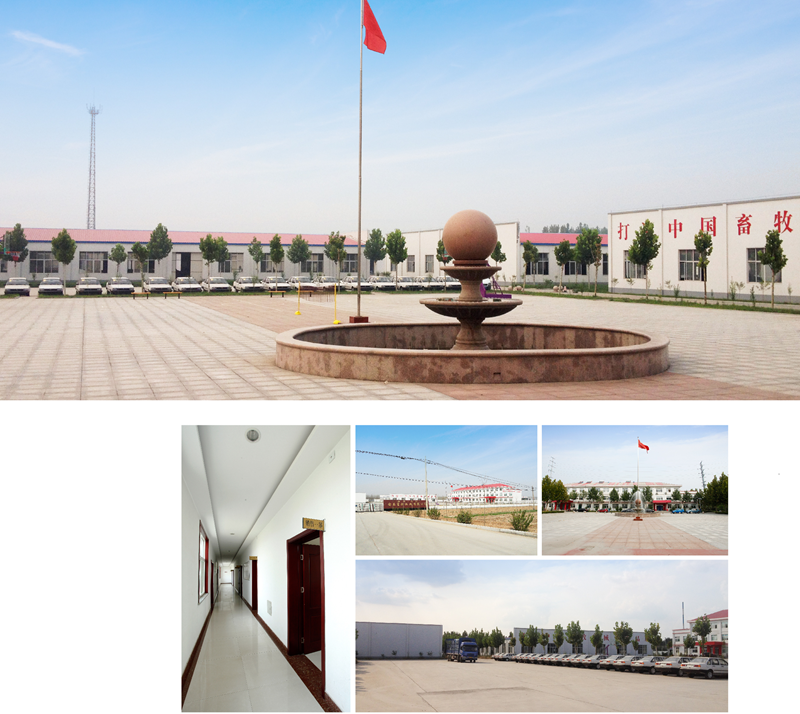
Shandong Huimin Qinle Livestock Machinery Co., Ltd. (formerly Shandong Huimin Qinle Livestock Machinery Factory) is a professional poultry equipment manufacturer with over 20 years of experience. We offer a comprehensive service package, from design (land and chicken coops), production (equipment and prefabricated steel coops), installation, commissioning, customer training, and after-sales service.
Located in Huimin County, Binzhou City, Shandong Province, China, the company has extensive experience in mechanical processing and manufacturing, as well as livestock machinery production and operation. With fixed assets of RMB 15 million, the company employs 160 people, including 30 R&D staff, and occupies a 40,000-square-meter factory. Equipped with over 110 pieces of advanced precision production equipment, including CNC machining centers and laser cutting machines, the company boasts a production capacity of RMB 50 million.
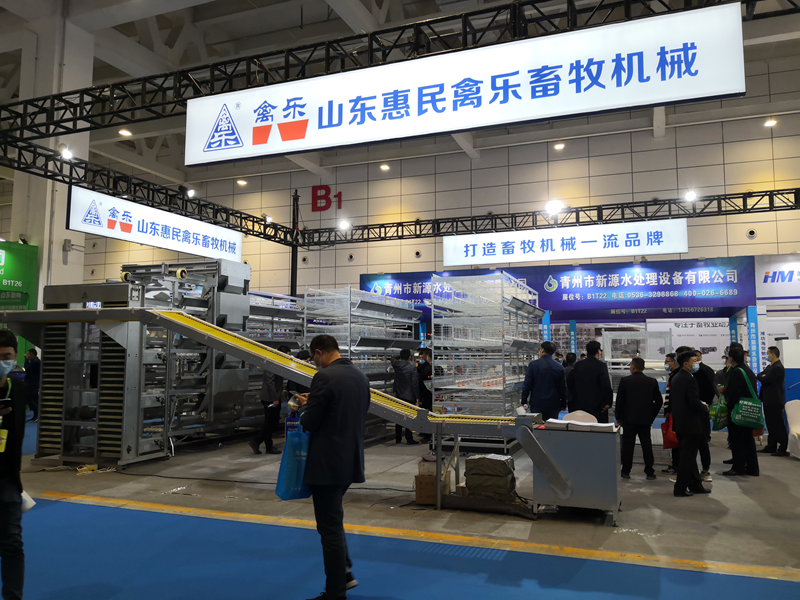


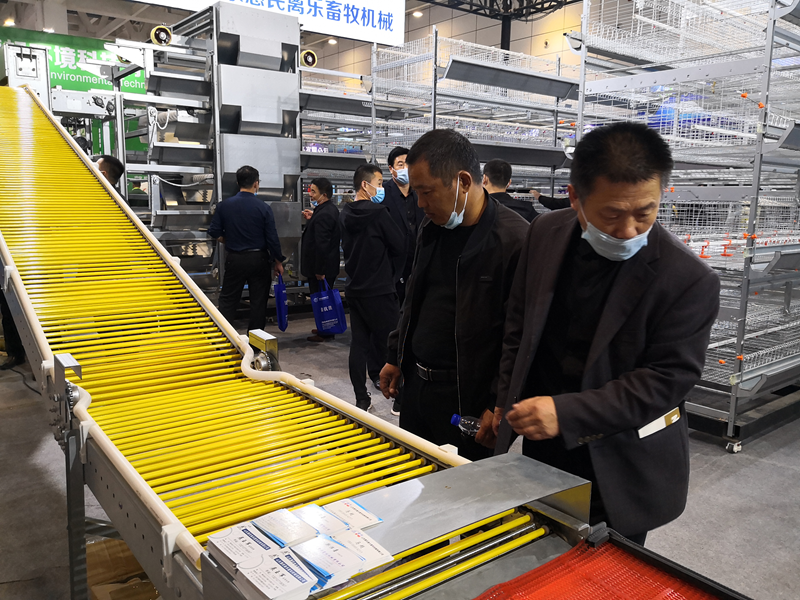
Chicken Farming Equipment Mesh Production Workshop

Machining Workshop

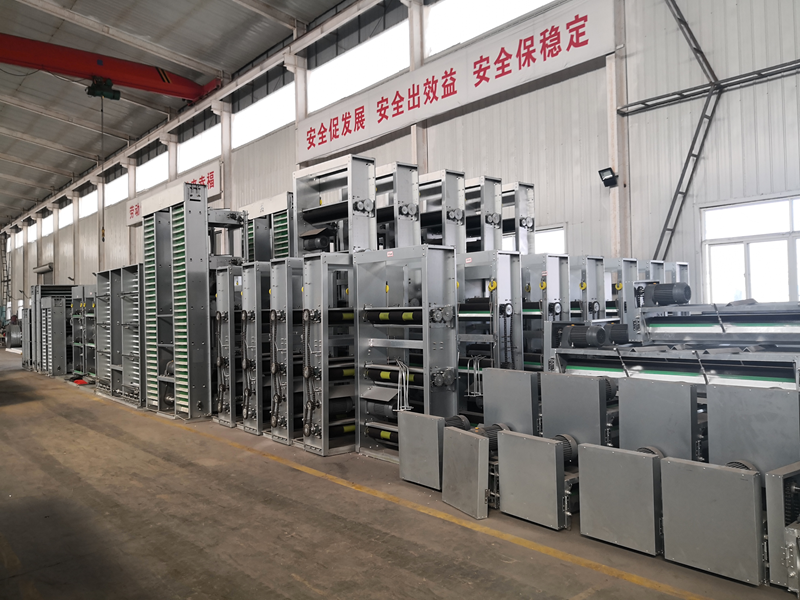
Turret-type CNC Punch Press, Laser Cutting and Other Machining Equipment



Fully Automated Roll Forming Production Line

Hot-dip Galvanizing Production Line

Electroplating Production Line

Environmental Protection Equipment

Chicken Farming Equipment Product Series
Egg-laying Hen Farming Equipment
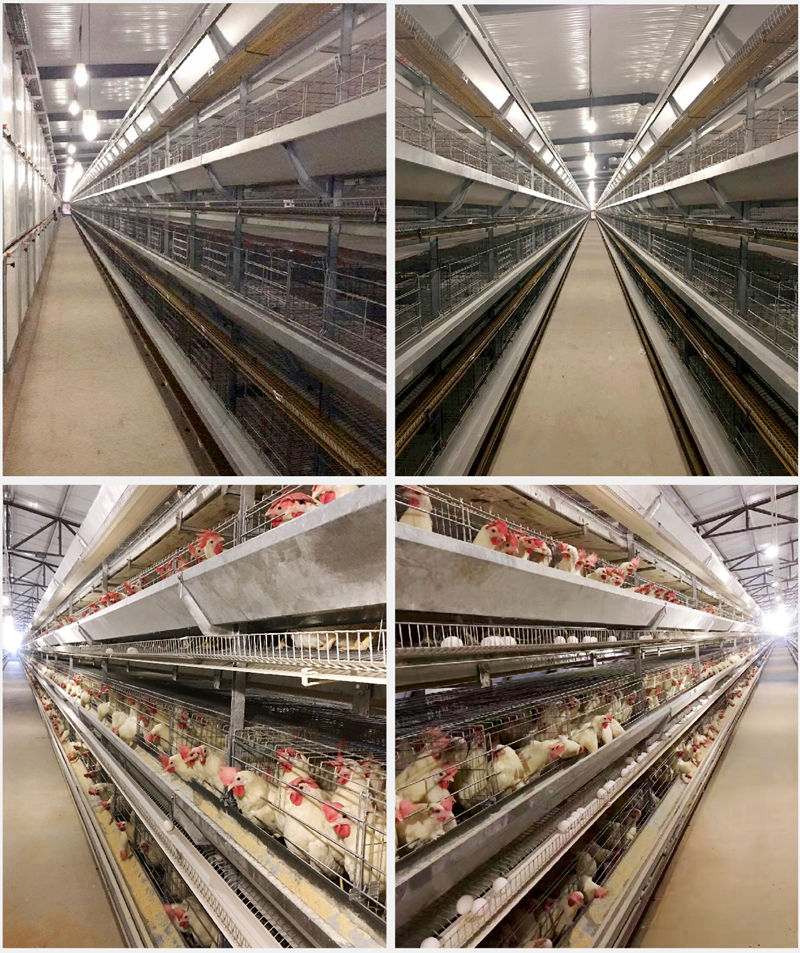
Stacked Brooding Cage Equipment

Stacked Broiler Cage Equipment
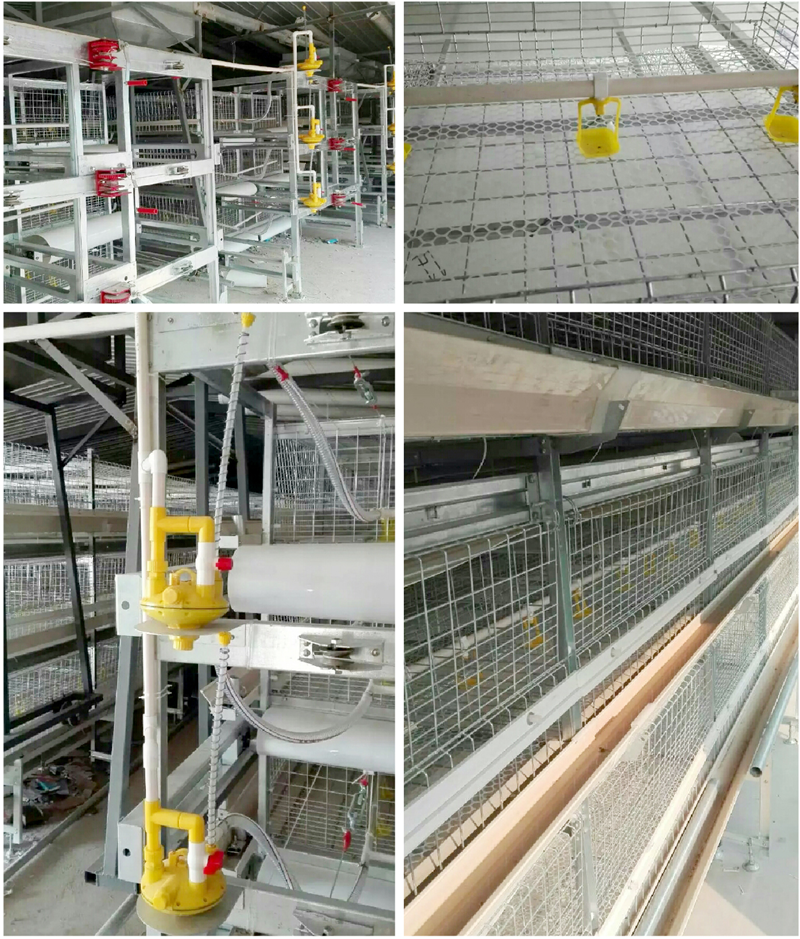
Stepped Layer Hen Cage Rearing Equipment
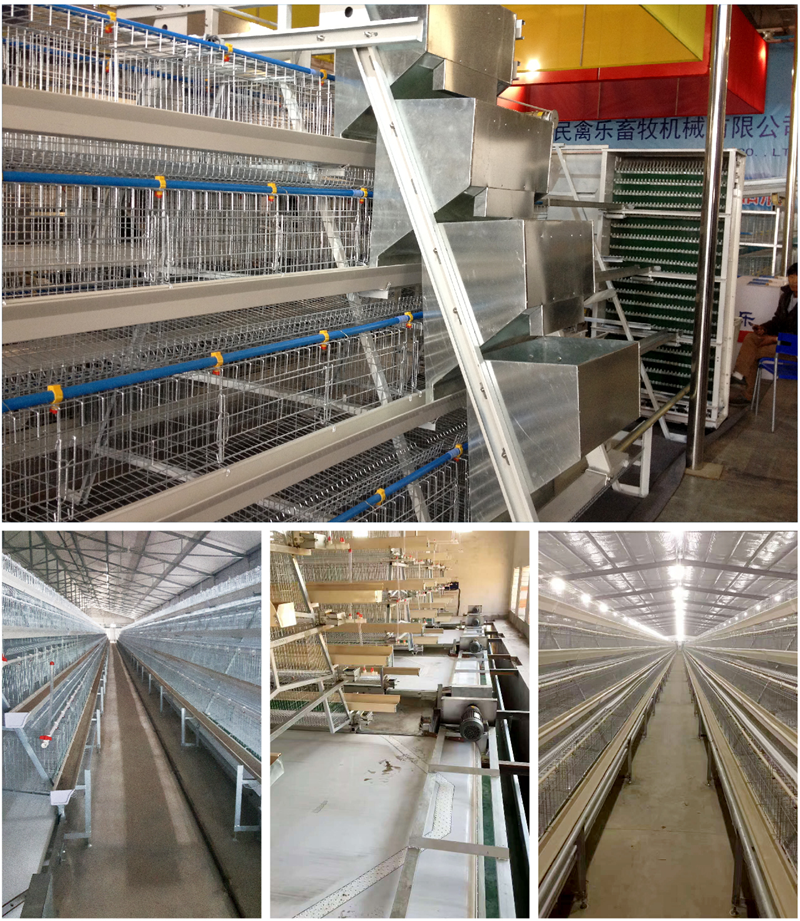
Automatic Egg Collection System

H-type Cage Feeding Machine
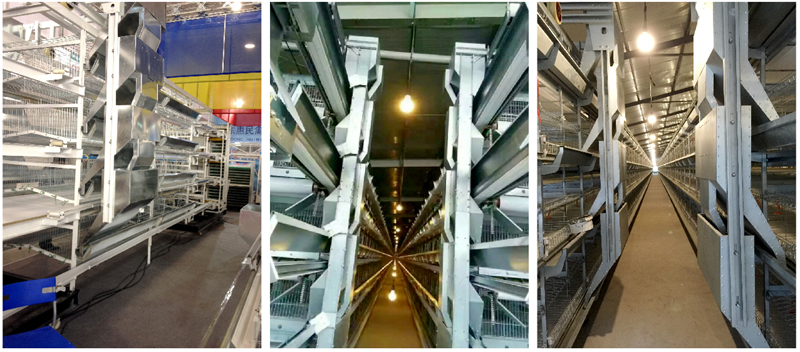
Stepped Cage Straddle Feeder
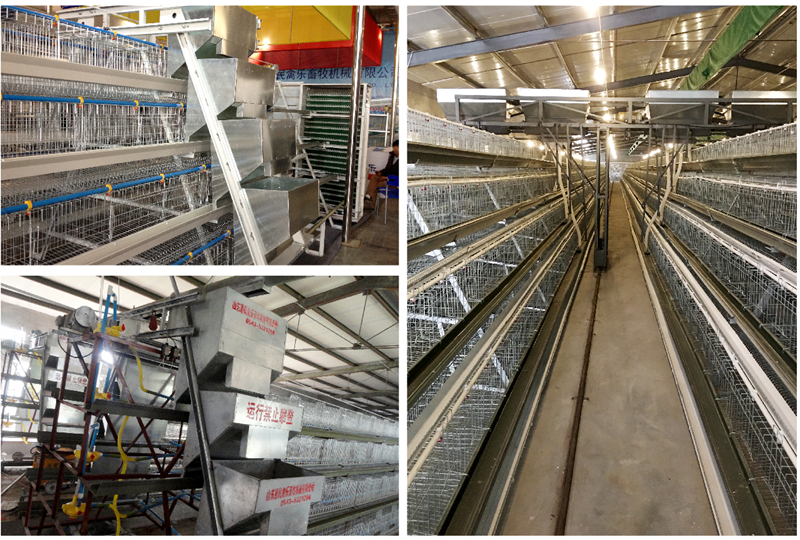
Manure Removal Machine

Fans, Heated Curtains, Environmental Control Systems, and Lighting Equipment
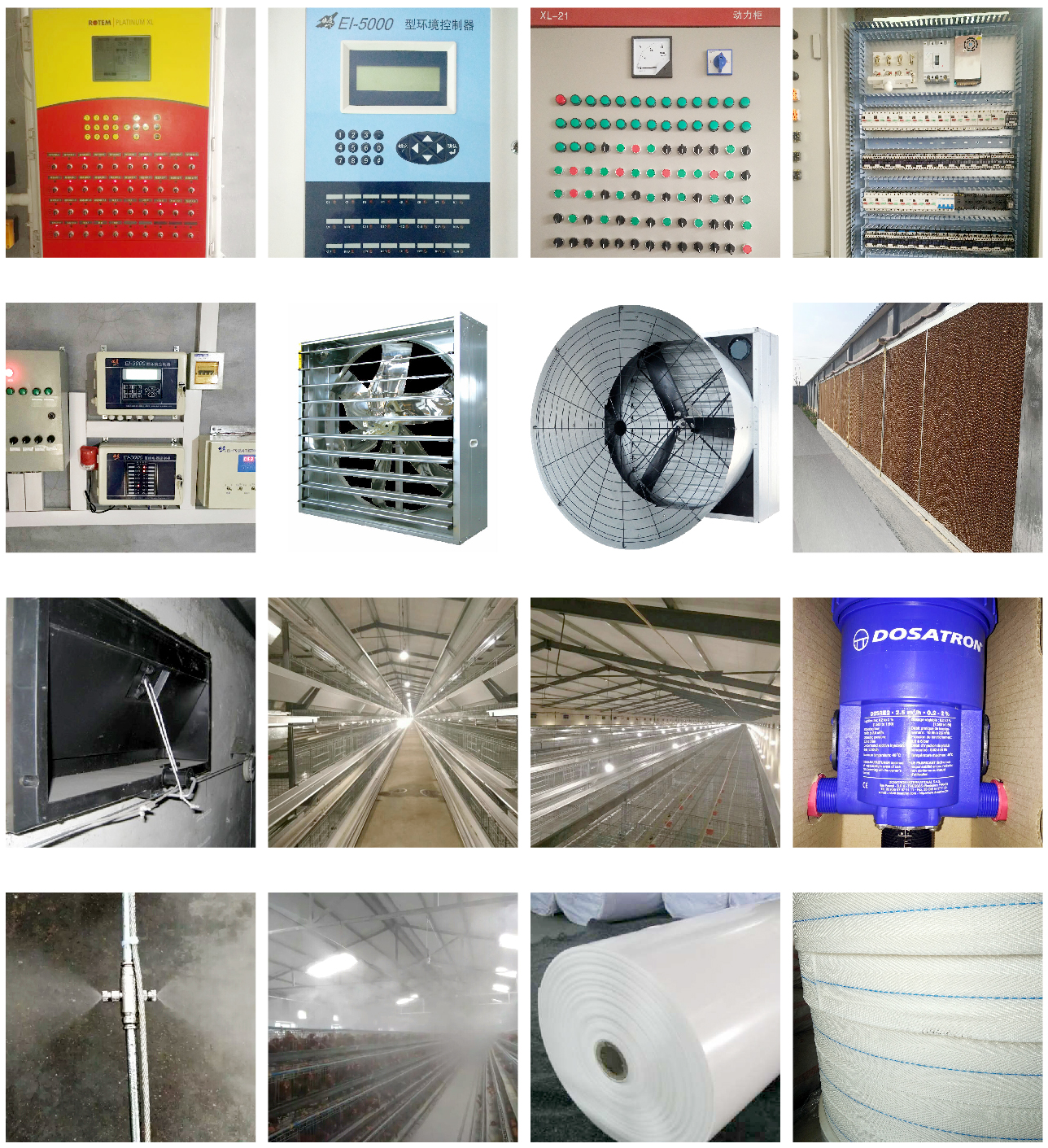
Complete Set of Equipment for Organic Fermentation Treatment of Manure


 Catalogue
Catalogue






























 WhatsApp
WhatsApp телефон
телефон